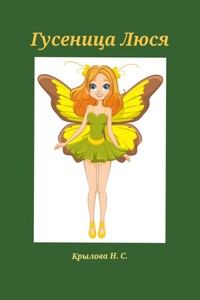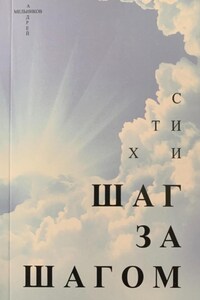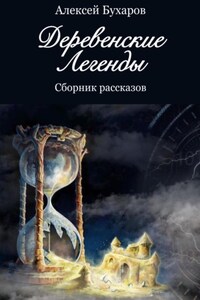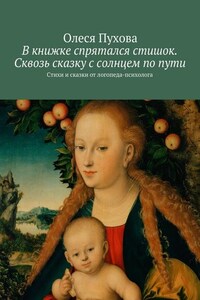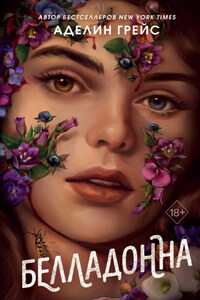SARAH A. CORBET, ScD
PROF. RICHARD WEST, SCD, FRS, FGS
DAVID STREETER, FIBIOL
The aim of this series is to interest the general
reader in the wildlife of Britain by recapturing the enquiring spirit of the old naturalists.
The editors believe that the natural pride of
the British public in the native flora and fauna, to which must be added concern for their conservation, is best fostered by maintaining a high standard of accuracy combined with clarity of exposition in presenting the results of modern scientific research.
For sixty years Max Walters was a pillar of the New Naturalist series. He was author with John Gilmour of Wild Flowers, no. 5 (1954) and with John Raven of Mountain Flowers, no. 33 (1955), and sole author of Wild & Garden Plants, no. 80 (1993). He served on the Editorial Board from 1981 until 2005.
He is the begetter of this book, first by being my teacher and lifelong friend, then by inspiring me to write earlier books beginning with Hayley Wood in 1975, and finally by persuading me over many years to write this one. He saw many of the draft chapters. One of the last things he did was to invite me to his home and put before me the cutting-edge articles on ant dispersal (p.330), published in obscure Swedish and German journals between 1896 and 1924; the sort of information that he loved to have at his fingertips. I am sad that he did not quite live to see it published.
He came from Yorkshire but lived most of his life in Cambridge. He was Keeper of Cambridge University Herbarium (1949â73), Director of the Botanic Garden (1973â83) and Fellow of St Johnâs College and then (from 1964) of Kingâs College. In retirement, Darwin-like, he kept and studied his own little botanic garden at Grantchester. One of his last projects was to re-establish the botanic garden at Sarajevo after the tragedy that ravaged his beloved Yugoslavia.
Max began as an experimental taxonomist. He became famous for the mighty works of reference that he organised and edited: the Atlas of the British Flora (with Franklyn Perring, 1962), Flora Europaea (1964â80) and The European Garden Flora (with James Cullen, 2000). Flora Europaea was perhaps his greatest achievement: nothing less than a complete Flora of a then battered and divided continent from the Azores to the Urals. Somehow he contrived to get the enthusiastic support of botanists in every country and province, and even to extract plant records from the prison-state of Albania.
He introduced me to the Mediterranean through field trips to south-east France, Slovenia and Croatia in the 1960s, when such excursions were more adventurous than they are now. (But was not every field trip with Max an adventure?) His interests, however, were not just continent-wide: he published three books concerned with Cambridgeshire botany and botanists, and in his later years he made Grantchester churchyard his field of study.
Max was a leading conservationist, especially in his work at the Botanic Garden. As a founder of Cambridgeshire & Isle of Ely Naturalistsâ Trust, he saw to the acquisition of Hayley Wood, the Trustâs first big nature reserve, in 1962. Seven years later, he put his weight behind the campaign to prevent the destruction of the Bradfield Woods, Suffolk. Both events were turning-points in woodland conservation; had they gone the other way, this book might not have been written.
As another of his old students has said, âone of Maxâs greatest gifts was to inspire others to action, to reach heights of achievement they had not dared to contemplateâ. He was a devout Christian; an embodiment of all that was good in old-fashioned socialism; a pacifist; he was upheld over 57 years by his wife Lorna. Like myself, he refused to recognise the distinction between amateur and professional: the


